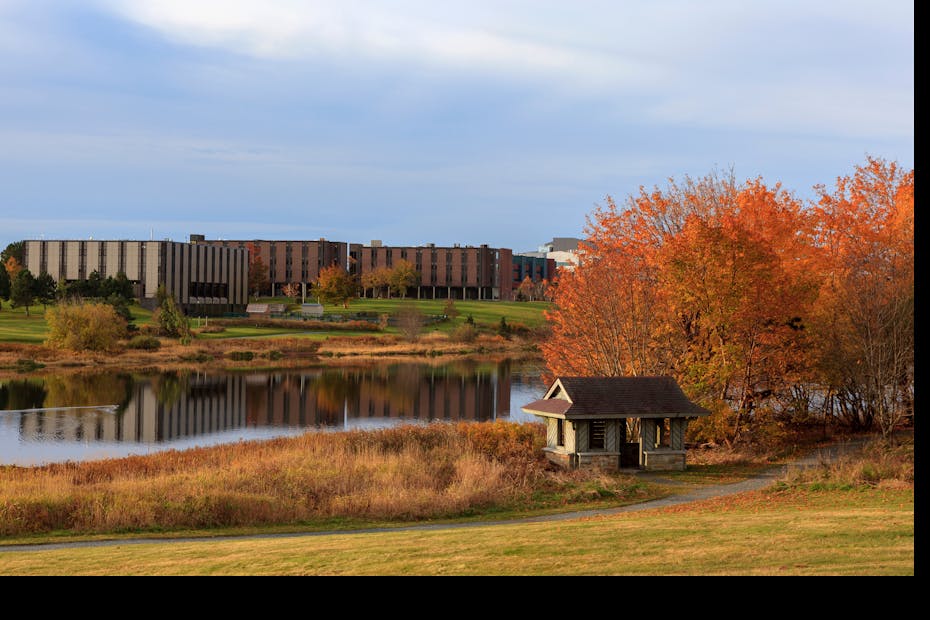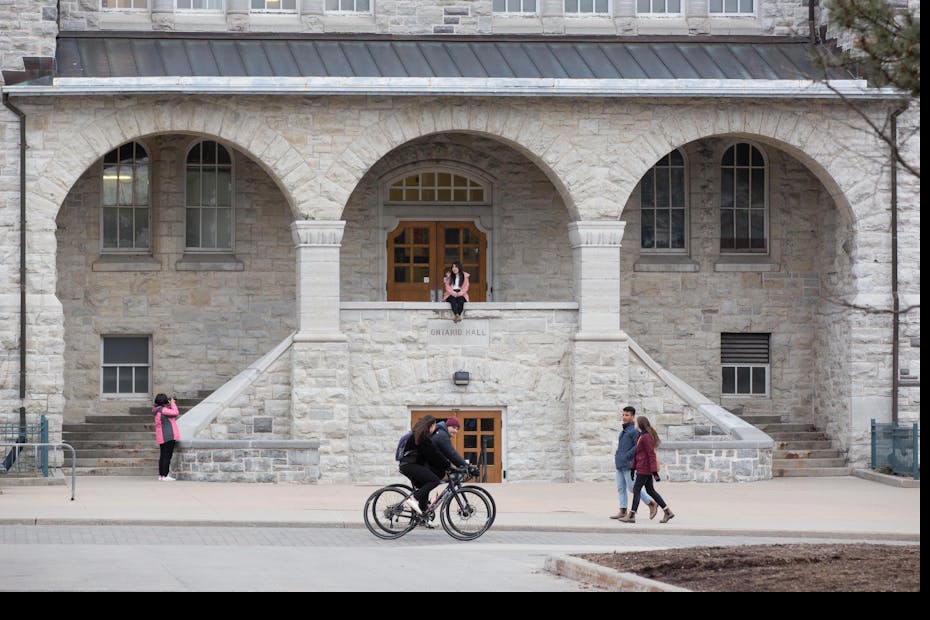
After a rapid switch to distance education due to COVID-19, many universities will remain as virtual campuses in the coming fall semester. For many universities, the focus has been on mastering or refining techniques for remote teaching. But a larger challenge looms.
The abrupt shift to a remote environment dismantles the traditional campus and profoundly changes the university experience. The impact of this “new normal” on faculty activities and student enrolments is not clear yet. What differentiates one university from another is what is really at stake here.
How universities deal with these challenges will be a consequence of their vision for who and what they are. Research has shown that having a clear vision is a critical part of overcoming a crisis. An institutional vision empowers people to endure turbulent times by guiding necessary change. It can create courage to take forward-thinking actions that would be otherwise unimaginable. Without it, every aspect of an institution can derail, shattering the chances for success.
Six critical elements of university visions will be put to the test as a new term begins. We call them the 6 Ps of Vision.
1. People
Students, faculty and staff were all sent home to learn and work with no sense of “how” or even how long this situation would last. They had no time or plan to detach from one environment and immerse themselves in another, making it impossible for many to uphold any boundaries between life and work or study. During this time it is important that people do not feel alone and are reassured that they are well supported.
As working at home continues, people will become more disconnected from the rituals and routines of their institution. Mental health support will be critical for students stressed by disruptions in how they learn, and for faculty and staff distraught with changes in teaching, research and administrative functions.
2. Place
COVID-19 robs universities of their sense of place as defined by geographic location, rendering an important competitive advantage for a university obsolete. Creating a sense of place is now a challenge with everyone in different locations. Distinguishing a unique sense of place within a common virtual space with other universities will require significant investments in services and service delivery. How will universities establish a sense of place for people in the virtual environment?

3. Product
Indeed, universities’ main “product” offerings are teaching and research, and these are largely being adapted or cancelled in the new reality. Major activities such as in-person classes and field research are cancelled, while other activities—such as group projects, lab experiments and data sharing—can remain. Universities must have creative and flexible options for faculty teaching and research and for students to complete programs remotely.
However, physical shutdowns make other important university activities virtually impossible. Spectator sports and academic and non-academic clubs are all cancelled. While universities need to be investing in technologies and ways to make remote teaching and research as accessible as possible, they will need alternative solutions for other valued offerings as well.
4. Purpose
Research-based education, academic freedom and faculty-student interactions are aspects of a university that define its purpose. These values and structures now operate in a new space, displacing a university’s purpose and thus ability to “figure things out”. Universities face seismic shifts in the way they do things, challenging entrenched values and structures of the age-old institution.
Faculty, students and staff alike will feel disrupted in their sense of “why” their universities exist. But the “why” is more important now than ever. In a world where students can attend any university from their living rooms, universities need a compelling answer to the question: “Why are you going there?”

5. Performance
COVID-19 is expected to have an impact on university enrolments. Although universities are thought to be “counter-cyclical”—thriving during economic hard times as people return to upgrade their skills—travel restrictions may result in enrolment losses of international students.
Deprived of what people have typically known as the “university experience” students are questioning why they are paying full tuition for what is perceived as a diminished experience. Ironically, remote teaching has increased costs for universities who were unprepared for the scope of change required.
The challenge is not just to deliver classes remotely, but also to deliver an experience that has significant value—thereby attracting and retaining enrolments.
6. Period of time
The post-COVID era will continue to require a vision of innovation. Indeed, crisis is a strong driver of creativity. Universities are naturally focused on the short-term here and now—getting through the fall semester—as a consequence of the pandemic. However, knowing that a university is not only solving current problems, but also looking to the future at post-COVID times can motivate continued interest of faculty, students and staff. Institutions that look to the long term, and focus on a clear vision will experience a renewed energy for new ideas, as individuals feel inspired to collaborate and share in securing their future.
Our research suggests that considering these 6 Ps of Vision can allow universities to articulate their own visions that will differentiate themselves from each other. Let’s see how they measure up!![]()
Kim Myrick, Assistant Director, Teaching and Learning/Lecturer in Strategic Management, Memorial University of Newfoundland; E. Kevin Kelloway, Canada Research Chair in Occupational Health Psychology and Professor of Psychology, Saint Mary’s University, and Kara A. Arnold, Professor, Faculty of Business Administration, Memorial University of Newfoundland
This article is republished from The Conversation under a Creative Commons license. Read the original article.










